Red dresses on campus remain after march for missing and murdered indigenous women
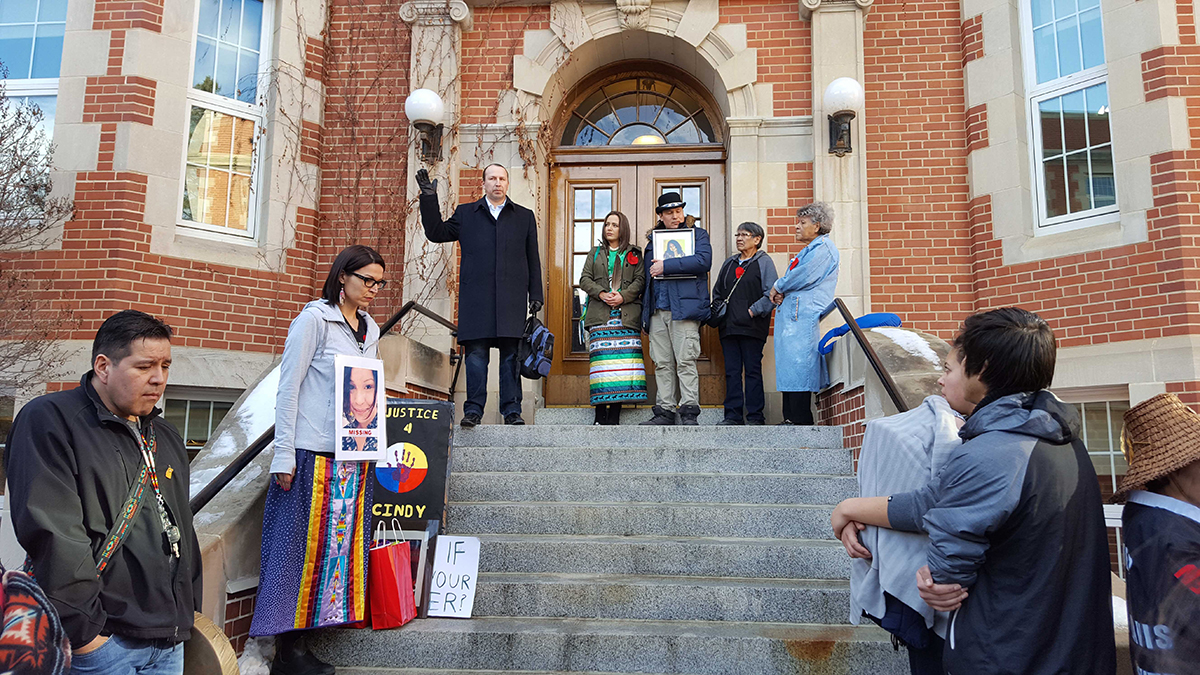 Nathan Fung
Nathan FungStudents passing the Central Academic Building can see a number of red dresses meant to bring awareness to missing and murdered indigenous women.
The dresses remain on campus after the Memorial March for missing and murdered indigenous women was held on February 14. The march, organized by the Native Studies Student Association (NSSA), aimed to bring attention to the issue.
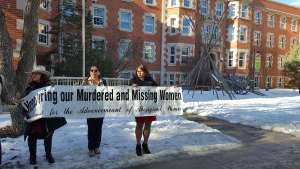
The march began in front of Pembina Hall with a smudging ceremony and song where moose hide squares were given out for the Moose Hide campaign, in which Aboriginal and non-Aboriginal men pledge to protect women in their lives. Participants then marched to Rutherford Library and back to Pembina Hall where indigenous leaders and activists shared stories of missing loved ones.
Melanie Dene, a second-year Native Studies student and a member of the Mikisew Cree First Nation, began planning the march in January. She approached the NSSA about creating an event to generate greater awareness for missing and murdered indigenous women on campus.
“I felt that this issue has kind of fallen off the table, out of the public eye, ever since the national inquiry has come about,” she said. “But I wanted to raise the awareness so that people know that this is still an ongoing issue.”
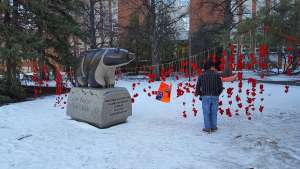
The march passed 1,201 felt hearts strung up in quad, which represented the 1,200 missing and murdered indigenous women in Canada, with one more added to represent that there is always one more on the go. But while 1,200 is the figure the RCMP arrived at, groups such as the NWAC puts the number closer to 4,000. The one additional heart was meant to signify that there are more victims than those in the report, according to Rhianna Arcand from the NSSA.
Despite the dispute about the numbers, the display in quad was still a profound exhibit, according to Dene.
“As you’re cutting (the hearts), you’re thinking of those women that have been subjected to this, and when you see it’s there it’s when it hits you” Dene said.
Scheduling the march on Valentine’s Day wasn’t just a coincidence. According to Dene, the event was meant as a celebration of love.
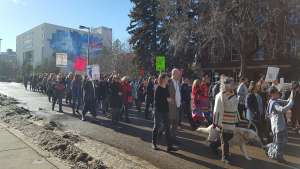
“What we did here on campus was about love, that they will never be forgotten,” Dene said.
March attendees included April Wiberg, founder of the Stolen Sisters Awareness Walk and Movement, Marilyn Buffalo, former president of the Native Woman’s Association of Canada (NWAC), and Chief Tony Alexis of Alexis Nakota Sioux Nation.
Like some of the attendees at the march, Dene’s family has been a victim of violence. Her family has lost four relatives, including Shelly Tannis Dene, missing since 2013; Shirley Ann Waquan, missing since 2007; and Amber Alyssa Tuccaro, whose remains were found in 2012.
“When it becomes personal, you become more engaged,” Dene said. “You start to begin to see the racial division in this country, especially in the judicial system that you’ve always thought was there to protect you.”
According to the Facebook event page, 166 people attended the rally, which was more than what Dene thought it would be.
“That made me very happy to see that it’s not our issue anymore,” Dene said. “Canadians need to realize that this isn’t just an indigenous problem, but that this is a Canadian problem.”
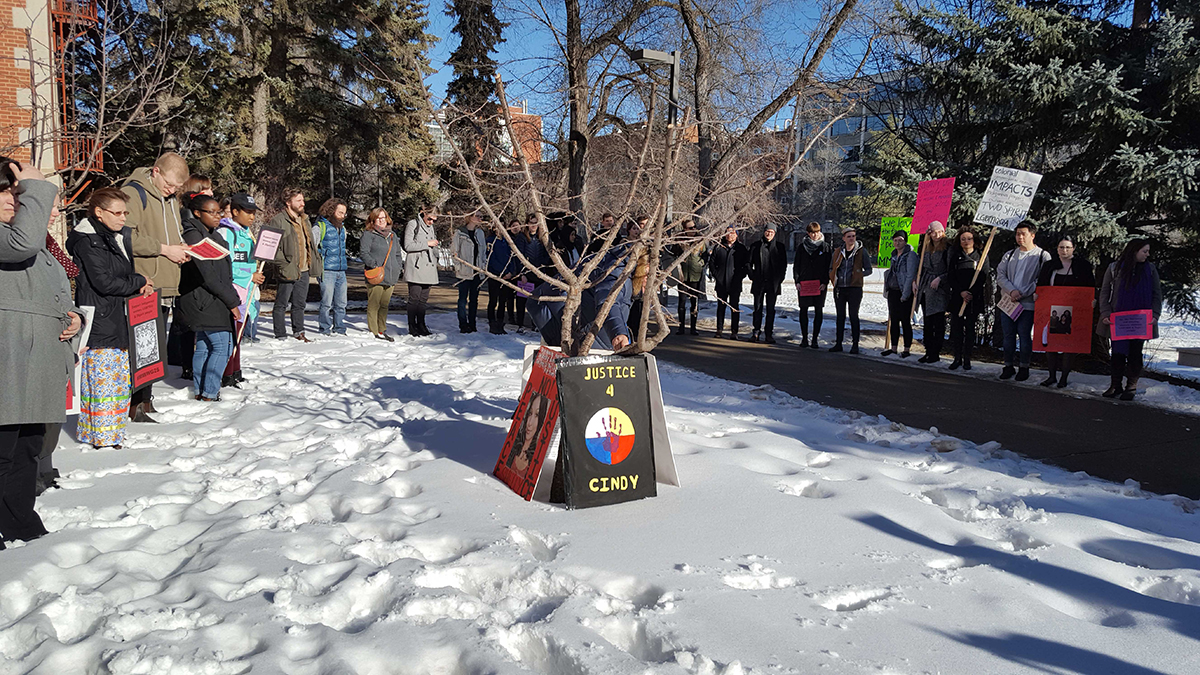


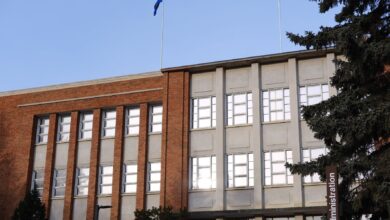


WTF is wrong with Aboriginals? The governments are giving them more and more money, this makes them greedier and greedier.
Marching is not going to solve any issues, it’s not going to stop violence against Aboriginal people nor is it going to lift them out of poverty. I’d rather see students do some more effective advocacy work through lobbying instead of all this bull crap. NONE OF THIS WORKS! If y’all want to draw attention to yourself, do it elsewhere!